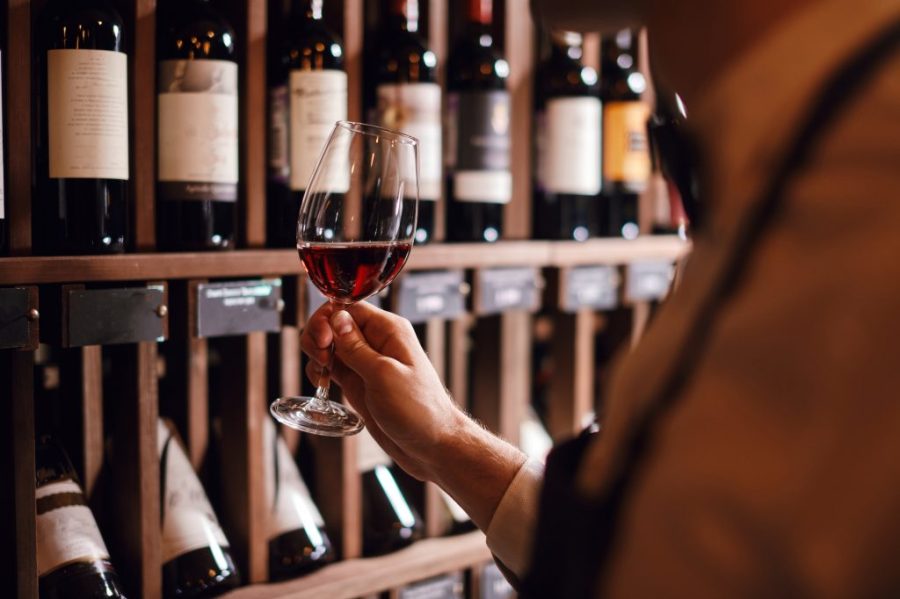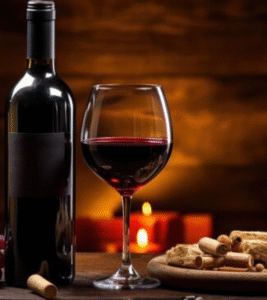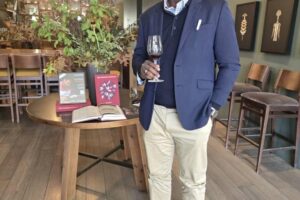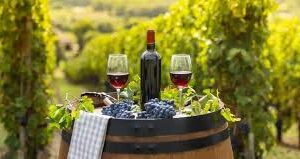
5 Common Wine Tasting Mistakes and How to Avoid Them
Introduction: Taste More Than Just Wine — Taste the Story
Wine tasting is both an art and a science. It’s about more than just sipping a beverage — it’s about engaging your senses, discovering flavors, and understanding the craftsmanship in every bottle. But many wine lovers — even experienced ones — unknowingly make mistakes that dull the full experience.
At LWS Wine Academy, we teach students to taste with intention. Whether you’re a beginner or a seasoned sipper, here are 5 common wine tasting mistakes and how to avoid them so you can unlock the full potential of every glass.
🍷 Mistake 1: Not Using the Right Glass
The Problem:
Using any old glass — or worse, a plastic cup — can limit how much aroma and flavor you perceive.
Why It Matters:
Wine glass shape affects how aromas are released and how wine flows across your palate. For example, red wines benefit from larger, rounder bowls that allow oxygen to interact with the wine, enhancing aroma and taste.
How to Avoid It:
Invest in basic tulip-shaped wine glasses. Use:
-
Large bowls for reds
-
Narrower bowls for whites
-
Flutes for sparkling wines
Always hold the glass by the stem to avoid warming the wine with your hand.
👃 Mistake 2: Skipping the Smell Step
The Problem:
Jumping straight into sipping without pausing to sniff the wine.
Why It Matters:
Your nose does most of the work when it comes to tasting. Wine aromas give clues about grape variety, age, and quality.
How to Avoid It:
Swirl the wine gently in the glass, then take a deep sniff. Look for notes like:
-
Fruits (berries, citrus, stone fruits)
-
Herbs and spices
-
Oak, vanilla, tobacco (especially in aged wines)
Tip from LWS Wine Academy: Don’t rush — let the wine tell its story through scent first.
🥴 Mistake 3: Drinking Too Quickly
The Problem:
Treating wine like a casual drink instead of an experience.
Why It Matters:
Rushing prevents you from identifying the wine’s structure: acidity, tannins, body, and finish.
How to Avoid It:
Take small sips. Let the wine sit on your tongue. Pay attention to:
-
Initial flavors
-
Mid-palate complexity
-
The aftertaste (known as the “finish”)
Take notes — mentally or physically — to compare and learn over time.
❌ Mistake 4: Tasting Too Many Wines Without Cleansing Your Palate
The Problem:
Sampling multiple wines without neutralizing your taste buds.
Why It Matters:
Strong or bold wines can overpower your senses, making it hard to detect subtle flavors in the next glass.
How to Avoid It:
Cleanse your palate between wines using:
-
Plain crackers or bread
-
Still water
-
Neutral cheese
At LWS Wine Academy tastings, we always include palate cleansers between flights.
🧂 Mistake 5: Ignoring Food Pairing Principles

The Problem:
Pairing wine with the wrong food — or worse, tasting wine immediately after spicy or salty meals.
Why It Matters:
The wrong pairing can throw off the balance of wine flavors, masking what makes them special.
How to Avoid It:
Learn basic food and wine pairing rules:
-
Acidic wines (like Sauvignon Blanc) go well with citrusy or tomato-based dishes.
-
Tannic reds (like Cabernet Sauvignon) pair with fatty meats.
-
Sweet wines (like Moscato or Riesling) are perfect for desserts or spicy food.
Bonus Tip: At LWS Wine Academy, our pairing modules teach you exactly how to balance wine and food for both personal enjoyment and professional service.
🎓 Learn to Taste Like a Pro at LWS Wine Academy
Whether you’re an enthusiast or preparing for a wine career, avoiding these mistakes can transform your tasting experience.
At LWS Wine Academy, we help students:
-
Master the fundamentals of wine tasting
-
Understand the science of aroma and flavor
-
Explore professional-level food and wine pairing
-
Build confidence in evaluating wine like a sommelier
Join us for hands-on tastings, expert-led courses, and certifications that empower you to grow in the wine world.
✅ Ready to Improve Your Wine Knowledge?
📌 [Explore Our Courses]
📌 [Download the Application Form]
📌 [Contact Admissions Today]
Conclusion: Sip Smarter, Taste Better
Wine tasting is a skill anyone can develop — with the right guidance and a little practice. By avoiding these common mistakes, you’ll open your senses to everything wine has to offer. Let every glass be a journey, not just a drink.
Cheers to smarter sipping with LWS Wine Academy.



